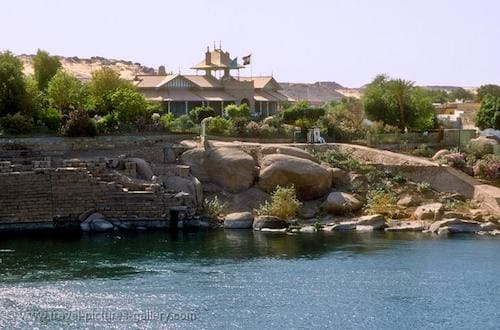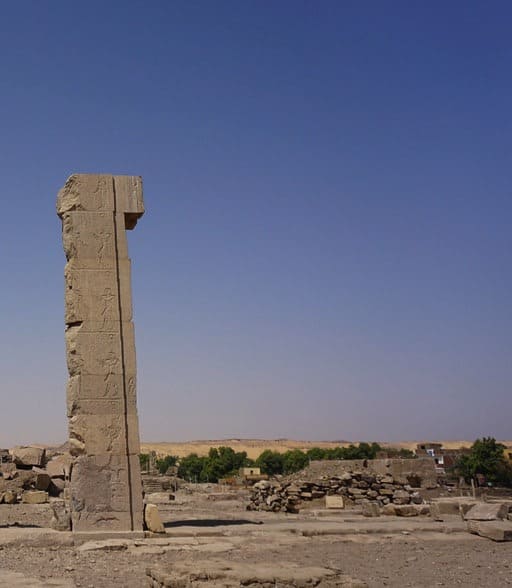No other nation in the world says ‘Welcome’ as often as the Egyptians, and every time, they mean it. While the ancient civilization of Egypt continues to amaze, contemporary Egyptians are equally remarkable.
The Aswan Museum
The Aswan Museum
The Aswan Museum, located on Elephantine Island, is a significant cultural and historical landmark that showcases an extensive collection of artifacts and antiquities from Aswan, Nubia, and the surrounding regions. Set in the villa of Sir William Willcocks, the architect of the old Aswan Dam, the museum was first established in 1912, with a newer extension added in 1998.

Collection and Exhibits:
The Aswan Museum houses a diverse range of objects dating from pre-dynastic times to the late Roman era. These include statues, pottery, utensils, weapons, mummified remains, and sarcophagi. While many Nubian artifacts were transferred to the Museum of Nubia due to the formation of Lake Nasser, the Aswan Museum still possesses a rich collection, offering insights into various aspects of ancient life on Elephantine Island, such as religion, trade, artistry, and daily activities.

Key exhibits include:
- A sacred ram associated with the god Khnum.
- A mummy and sarcophagus located near the museum’s entrance.
- Artifacts illustrating the historical progression of Elephantine Island from around 3000 BC to the 14th century AD.
Khnum Temple:
The museum includes the Khnum Temple, dedicated to the god of the flood. This temple, originally from the Old Kingdom, underwent reconstruction in Ptolemaic times and showcases over 1500 years of religious devotion.
Nilometers:
The museum also features two significant Nilometers, ancient devices used to measure the Nile’s water level, which were crucial for predicting the agricultural yield and managing the economy:
- The Khnum Temple Nilometer, dating back to the 26th century BC, includes a stone staircase leading to a basin for measuring the Nile’s maximum level.
- The Nilometer of the Satet Temple, from the late Ptolemaic to early Roman period, features a roofed staircase with fireplaces for oil lamps and carved names of Roman emperors.
Additional Highlights:
- A small Ptolemaic chapel and a 4th-dynasty pyramid, believed to have been built by Sneferu.
- Remnants of an Aramaic Jewish settlement from the 5th century BC.
- A graveyard for sacred rams linked to Khnum.
The Aswan Museum not only provides a window into the ancient world but also reflects the cultural and historical evolution of the region. Visitors can explore these rich collections and the ruins of Abu, delving into the past and gaining a deeper understanding of the area’s heritage.
Created On March 18, 2020
Updated On Aug , 2024


